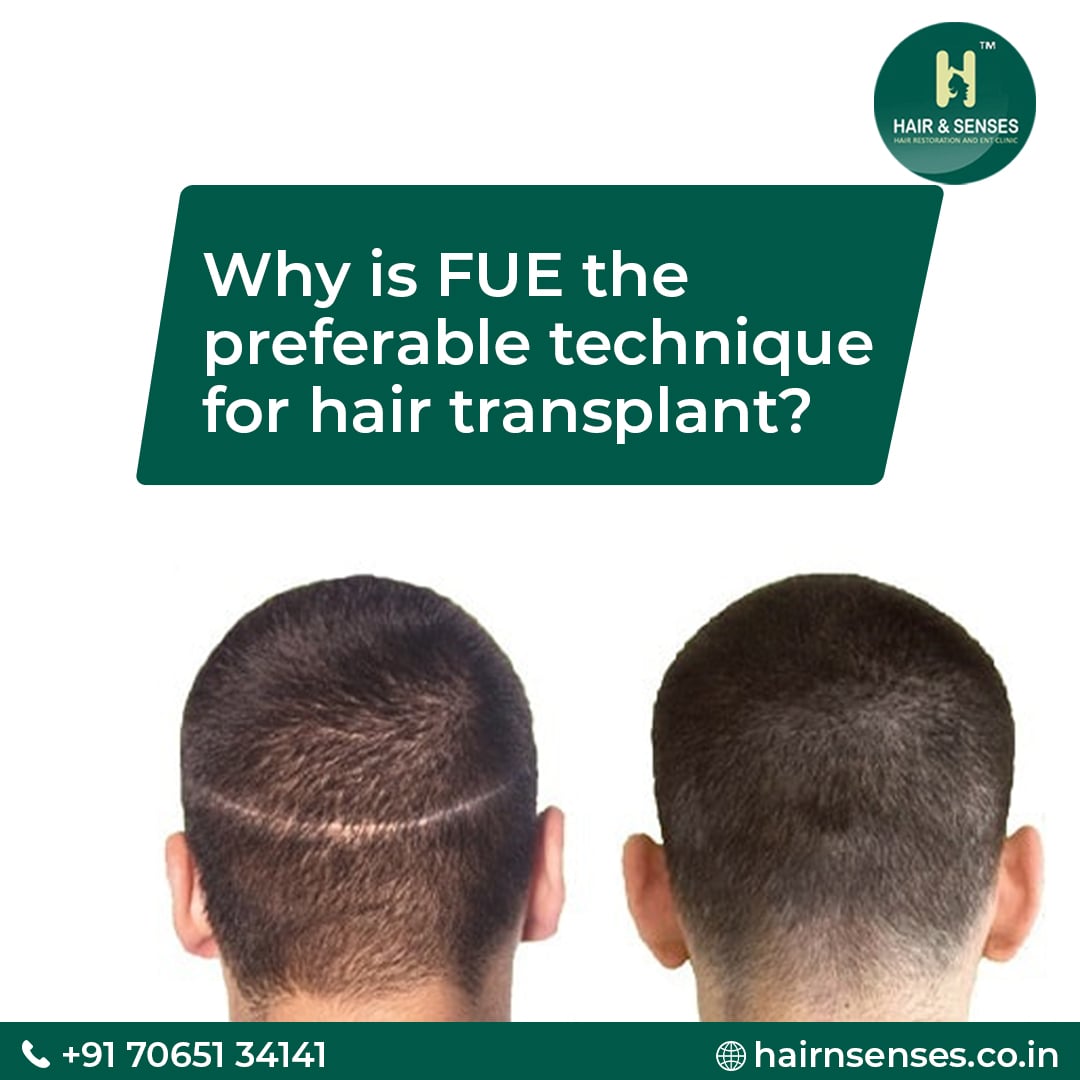Why is FUE the preferable technique for hair transplant
April 18, 2019 | By Dr. Sangay Bhutia (Hair Transplant Specialist in Delhi)
Scientific research and technological evolution in the modern age has made life much easier. Like most fields of study and practice - it has had a massive impact on hair transplantation as well. Hair transplant today is simpler, far more accessible and incredibly effective than it ever was. More importantly, it has saved a lot of people the trauma of living with hair loss and baldness. Apart from transplanting hair, the procedures have had immense psychological benefits - they have been therapeutic and have cured people from the mental distress that accompanies hair loss.
For those who decide to undergo hair transplantation, are confronted with innumerable questions. Among the questions, one of the most important is - which technique of hair transplant is preferable and why?

Before we embark on a detailed answer, it is imperative that you be acquainted with the basics. There are multiple reasons attributed to hair loss - from hormonal to lifestyle. However, the most important role is played by your genes. Simply put - you are more likely to experience hair loss if your father/mother or your grandparents experienced pattern baldness. Now this is beyond your control - you cannot determine your genes. It’s a lottery that you have either won or lost. But in the times we live in - all is never lost. Hair transplant allows you to reverse your fate.
Hair transplant is a procedure wherein hair follicles from the donor area are surgically removed and transplanted on to the recipient area. It normally is of two kinds - FUT Hair Transplant (Follicular Unit Transplantation) and FUE Hair Transplant (Follicular Unit Extraction). In FUT, a narrow strip of scalp is removed from the donor area and follicular units from this strip are surgically implanted onto the bald or balding spots. FUE, on the other hand, involves taking healthy hair follicles from a donor area, usually the back and rear of the head where hair growth is resistant to hair loss. The transplanted hair then continues to grow naturally at the new spot.
Over the years, FUE has become the go-to solution for numerous people suffering pattern baldness, the world over. And preference for FUE is not without its fair share of reasons. FUE is an advanced, non-invasive and an almost painless procedure. And usually needs to be done once in a lifetime. And despite its benefits, it is extremely affordable.
More importantly, FUE does not leave behind a linear donor site scar. Let’s try and understand this a little. The FUE technique involves ‘extracting’ healthy hair follicles from the donor area, whereas in an FUT - a narrow strip of scalp is removed from the donor site, leaving behind a linear scar. This presents a major problem for those who want to wear their hair short. In addition, the scar might thicken or stretch in some patients. Therefore to avoid this problem, a lot of people prefer FUE over FUT. FUE leaves tiny dot-like scars which vanish on their own over time, and can be covered by keeping the hair slightly long.
FUE also presents a major advantage - healing time. Since FUE does not lead to scarring, the healing time is shorter than FUT. Patients can resume regular activity within 2 days as opposed to a week to 10 days in post FUT. Moreover, FUE does not put any limitations to strenuous exercise after the procedure. This is a major advantage as you can go to the gym or resume your regular exercise and the transplant in no way becomes a hindrance.
The advantages of FUE far outweigh any other procedure. From being minimally invasive to almost painless - this technique allows you to sit through a transplant with any discomfort. It is considered the ‘gold standard’ in hair transplant techniques and with growing expertise it has found favour amongst most people across the world. So what are you waiting for - reach out to your expert and get your desired look. It is affordable, painless and as natural as it can get.
